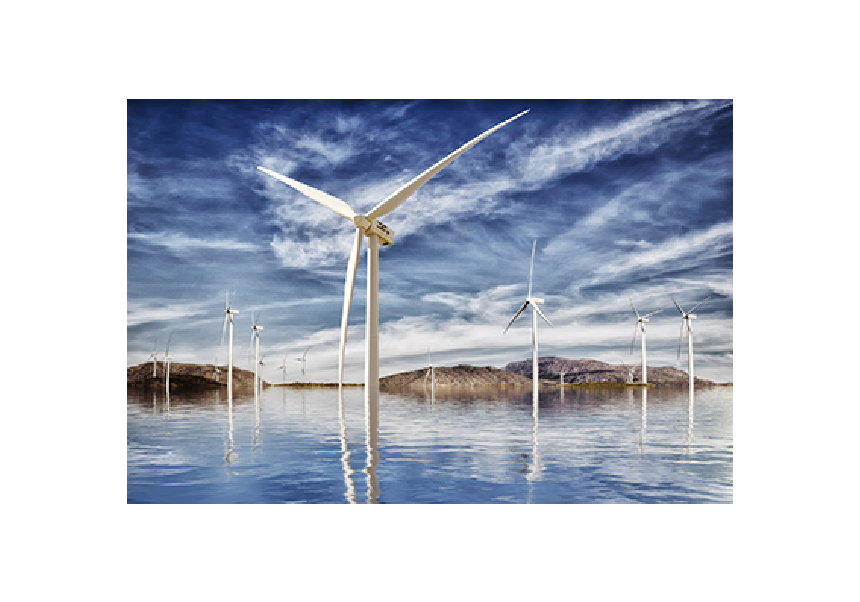
- The article, published in ‘Nature Climate Change’, suggests a reversal in the declining of surface wind speed (termed ‘global stilling’) globally since 2010.
- This recent increase in wind speed could have a positive impact on wind energy production, a source of clean energy to reduce CO2 emissions and fight climate change.
The Centro de Investigaciones sobre Desertificación (CIDE), a joint research center of the Spanish National Research Council (CSIC), the University of Valencia and the Generalitat Valenciana (Spain), has participated in a study focused on analyzing recent changes in surface winds at global scale. This research article, published in the latest issue of the journal 'Nature Climate Change', shows that the decline in observed near-surface wind speed, known as “global stilling”, is being reversed and that could have positive implications for wind energy production in the short and medium term.
In this study, in which 15 scientists from different international institutions have collaborated, it is pointed out that “the analysis of wind speed data since the late 70s of the last century confirms a decrease in wind speed, however, this trend has reversed on a global scale since 2010, ” says Cesar Azorin-Molina from the Spanish CSIC, one of the authors of the study.
The precise causes of this “global stilling” remain largely uncertain and has been hypothetically attributed to several factors, mainly related to an increase in surface roughness (i.e., forest growth, land use changes, and urbanization) with little attention paid to changes in atmospheric circulation. This study illustrates that “decadal-scale variations of near-surface winds are probably associated with the internal decadal ocean-atmosphere oscillations and changes in large-scale atmospheric circulation patterns”, says Azorin-Molina.
These results have positive implications for wind energy production, a substitute source for the use of fossil fuels to limit global warming to well below the 2ºC threshold established in the Paris Agreement.
According to the study coordinator, Zhenzhong Zeng, from Princeton University (USA), “improving our understanding on the relationship between surface winds and ocean-atmosphere oscillations, along with its prediction by climate models, represents a big scientific challenge to contribute to the development of wind farms in those regions less exposed to a new 'stilling' that could occur in the future”.
Zhenzhong Zeng, Alan D. Ziegler, Timothy Searchinger, Long Yang, Anping Chen, Kunlu Ju, Shilong Piao, Laurent Z. X. Li, Philippe Ciais, Deliang Chen, Junguo Liu, Cesar Azorin-Molina, Adrian Chappell, David Medvigy and Eric F. Wood. A reversal in global terrestrial stilling and its implications for wind energy production. Nature Climate Change. DOI: 0.1038/s41558-019-0622-6.
https://www.nature.com/
CIDE Comunication









